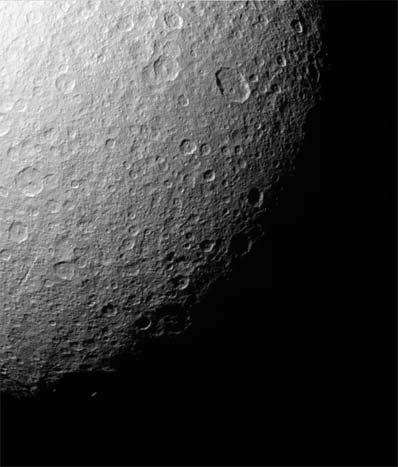
Spaceflight Now +

|

|

|

|

Premium video content for our Spaceflight Now Plus subscribers.

Discovery ferried home
 Mounted atop a modified Boeing 747, space shuttle Discovery was ferried across the country from Edwards Air Force Base, California, to Kennedy Space Center, Florida. Mounted atop a modified Boeing 747, space shuttle Discovery was ferried across the country from Edwards Air Force Base, California, to Kennedy Space Center, Florida.

 Full coverage Full coverage

Delta 4 launch delayed
 Launch of the GOES-N weather observatory aboard a Boeing Delta 4 rocket is postponed at Cape Canaveral, Florida. Launch of the GOES-N weather observatory aboard a Boeing Delta 4 rocket is postponed at Cape Canaveral, Florida.

 Full coverage Full coverage

Mars probe leaves Earth
 The Mars Reconnaissance Orbiter lifts off aboard a Lockheed Martin Atlas 5 rocket from Cape Canaveral's Complex 41. The Mars Reconnaissance Orbiter lifts off aboard a Lockheed Martin Atlas 5 rocket from Cape Canaveral's Complex 41.

 Full coverage Full coverage

Shuttle delayed to 2006
 NASA Administrator Mike Griffin and Associate Administrator for Space Operations Bill Gerstenmaier hold a news conference from Agency Headquarters in Washington on August 18 to announce a delay in the next shuttle flight from September to next March. (38min 02sec) NASA Administrator Mike Griffin and Associate Administrator for Space Operations Bill Gerstenmaier hold a news conference from Agency Headquarters in Washington on August 18 to announce a delay in the next shuttle flight from September to next March. (38min 02sec)

 Play video: Play video:
Dial-up | Broadband 1 & 2

 Download audio: Download audio:
MP3 file

Launch pad demolition
 Explosives topple the abandoned Complex 13 mobile service tower at Cape Canaveral Air Force Station. This video was shot from the blockhouse roof at neighboring Complex 14 where John Glenn was launched in 1962. Explosives topple the abandoned Complex 13 mobile service tower at Cape Canaveral Air Force Station. This video was shot from the blockhouse roof at neighboring Complex 14 where John Glenn was launched in 1962.

 Play video: Play video:
Full view | Close-up

 Become a subscriber Become a subscriber
 More video More video

|

|

|

|
|

|

Cassini spies moon Rhea
CASSINI PHOTO RELEASE
Posted: August 23, 2005

Credit: NASA/JPL/Space Science Institute
Download larger image version here
|
Like the rest of Rhea's surface, the southern polar region of this Saturn moon has been extensively re-worked by cratering over the eons. This close-up shows that most sizeable craters have smaller, younger impact sites within them. Near the left lies an intriguing gash.
The largest well-defined crater visible here is an oval-shaped impact toward the upper right. The crater is 115 by 91 kilometers (71 by 57 miles) in size.
Cassini acquired this view during a distant flyby of Rhea (1,528 kilometers, or 949 miles across).
The image was taken in visible light with the Cassini spacecraft narrow-angle camera at a distance of approximately 239,000 kilometers (149,000 miles) from Rhea and at a Sun-Rhea-spacecraft, or phase, angle of 56 degrees. The image was obtained using a filter sensitive to wavelengths of infrared light centered at 930 nanometers. The image scale is about 1 kilometer (0.6 miles) per pixel.
The Cassini-Huygens mission is a cooperative project of NASA, the European Space Agency and the Italian Space Agency. The Jet Propulsion Laboratory, a division of the California Institute of Technology in Pasadena, manages the mission for NASA's Science Mission Directorate, Washington, D.C. The Cassini orbiter and its two onboard cameras were designed, developed and assembled at JPL. The imaging team is based at the Space Science Institute, Boulder, Colo.
|

|

|

|
|



